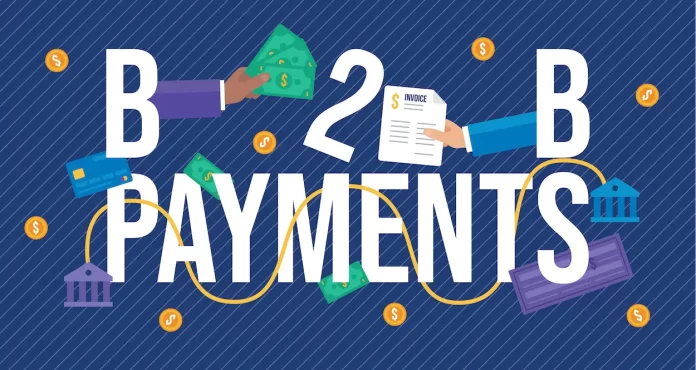Companies are more conscious than ever of the need to streamline their payables and receivables processes, but for companies that have depended on the same manual payment tools and systems for decades, implementing speedier payment methods is sometimes easier said than done.
It may be challenging for organizations to streamline their B2B payment procedures, especially when the range of payment methods they must accept grows. Companies must have systems that enable them to handle all of their various payments in one location and quickly implement real-time payments (RTP) and other technologies as they become available.
As a result, businesses are eager to move forward with their shifts away from manual AP and AR procedures and toward digital-first strategies.
Cooperative Action
RTP and enterprise resource planning (ERP) technologies both have a significant place in this procedure. Laying the framework for further innovation, and coordinating the dance between finance teams, RTP solution providers, and banks, is the process of connecting RTP and ERP and other corporate systems to expand the repertory of accounts receivable (AR) payment receipts capability.
Integration of receivables is a big trend that will continue to develop more quickly since firms must accommodate numerous payment channels. Businesses can view and manage all of their receivables regardless of the payment method or channel, which is an advantage.
Surmounting Obstacles
The inability of businesses to move payments and all related information quickly and conveniently is a major roadblock. The largest source of suffering throughout the whole AR/AP process has always been data. In terms of the volume of payments and invoices that they are eventually attempting to handle and then automate, the challenge grows worse the larger the organization.
Processes for AR and AP in businesses might become fragmented and stop working. Different banks or financial players adhere to various standards, and some operators provide unique invoicing and payment methods.
Triple Ballet
Even if a business decides to implement some of these new features, the project ultimately involves the firm’s financial institutions, the technology supplier, and the company itself.
Through such cooperation, businesses may be able to advance in their digital transitions and interact with growing instant payment systems like The Clearing House’s RTP network.











